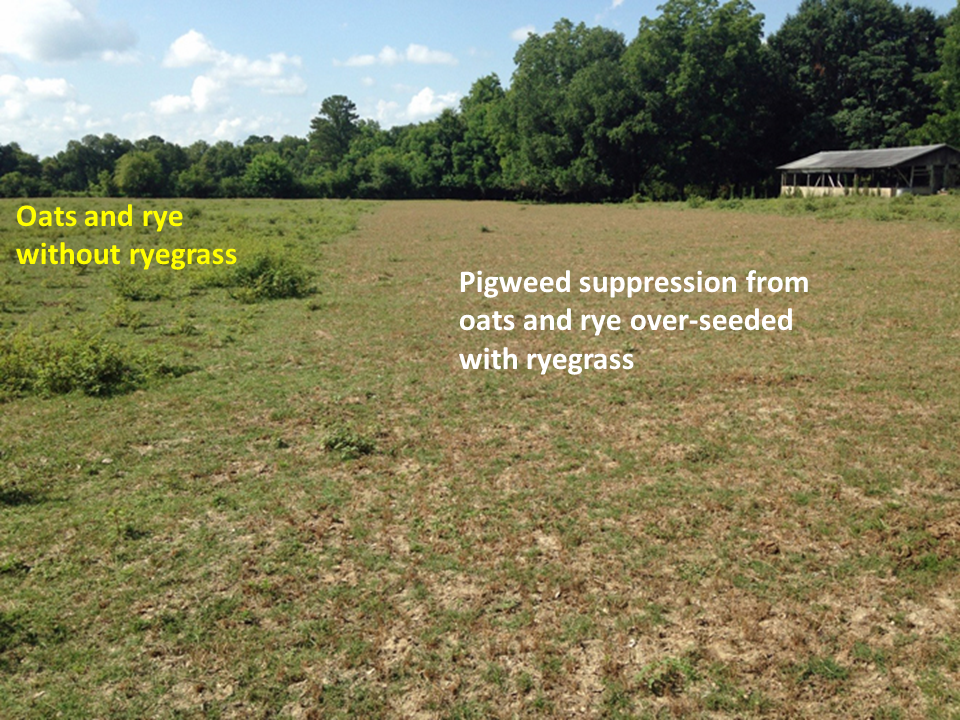Dr. Henry Grant, County Extension Director, Gadsden County Extension Service
Annually, variety recommendations are given to livestock producers for planting cool season grasses such as oats, rye, and ryegrass as a standard to provide winter and spring forage for their animals. While oats can be planted earlier than rye and ryegrass providing some of the first winter grazing pastures, oats can be negatively affected by winter weather extremes. Ryegrass is a bunch grass that is more suited for wet, poorly drained soils than other small grains. It provides abundant high quality forage, has a long growing season, and tolerates close grazing. Rye, however, is the most commonly planted winter grazing, small grain forage as it produces more forage than oats or ryegrass.
Planting a combination of oats, rye and ryegrass, however, tends to provide a longer grazing season than planting just one of the three. The rye and oats create early season grazing, and the ryegrass provides a longer period of growth in late winter. Not only does ryegrass extend the grazing season, it also delivers another benefit of weed suppression by serving as a cover crop. Ryegrass happens to demonstrate a unique quality that is very effective in controlling the growth of other plants. The dense cover of ryegrass can suppress weeds or plants that may have an adverse effect on the crop yield and quality. At the farm featured in this article, weed suppression through competition from a late season cover crop such as ryegrass proved to be more effective than planting a combination of just oats and rye alone.
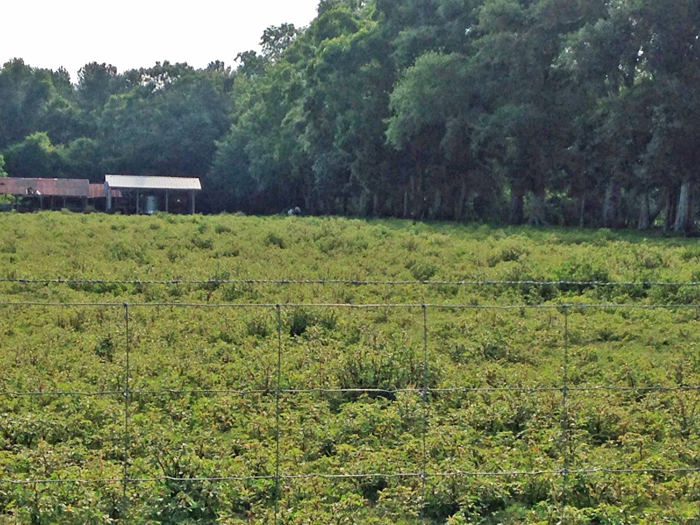
Photo 2 Pigweed was not suppressed where oats and rye were planted with no ryegrass added. Photo credit Henry Grant
During the Fall of 2013, oats and rye were planted on a prepared seedbed, but this time certain areas were over-seeded with ryegrass because the farmer had some left over seed. The pictures shown here were taken in late Spring of 2014.
Photo 1 above shows the suppression of pigweed in a pasture that was planted on a prepared seedbed of oats and rye over-seeded with ryegrass. Photo 2 shows a section that was not over-seeded with ryegrass. The suppression of pigweed is very apparent where ryegrass was planted in this field.
The following photos show various suppression results of pigweed when over seeding oats and rye with ryegrass, and oats and rye without ryegrass.
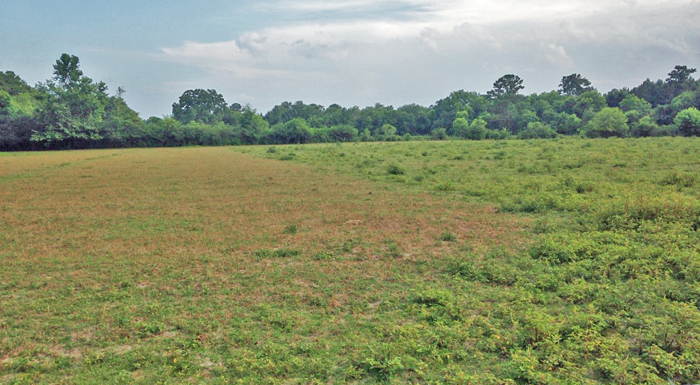
Photo 3. Pigweed suppression from oats and rye over-seeded with ryegrass (left). Oats and rye without ryegrass (right).
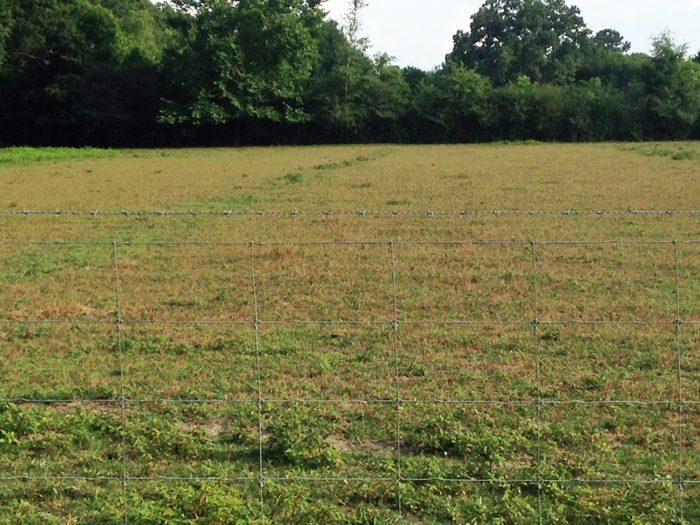
Photo 4. Pigweed suppression from oats and rye that were over seeded with ryegrass. Photo credit Henry Grant
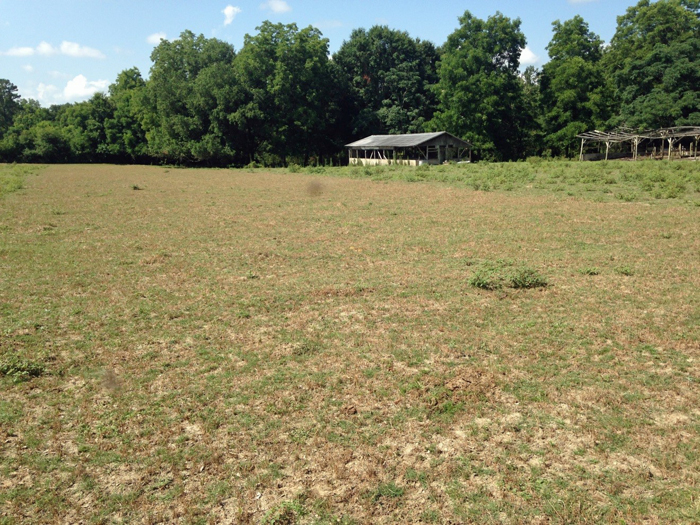
Photo 5. Pigweed suppression from oats and rye over seeded with ryegrass (front left). Oats and rye without ryegrass (back right). Photo credit Henry Grant
This cover crop weed suppression is not a cure all, but certainly identifies a tool to reduce weed populations, and presents an opportunity to develop the appropriate herbicide regimen to manage the remaining viable seeds still in the field. In this particular situation, the weed population was reduced by as much as 95 – 99% at the end of the grazing season.
Utilizing an appropriate herbicide program will provide the necessary weed control for the summer crop to follow. It cannot be assumed at this point though, that pigweed is under control. It will take a prolonged and deliberate weed management approach to deplete the seed bank established by pigweed growth and disbursement.
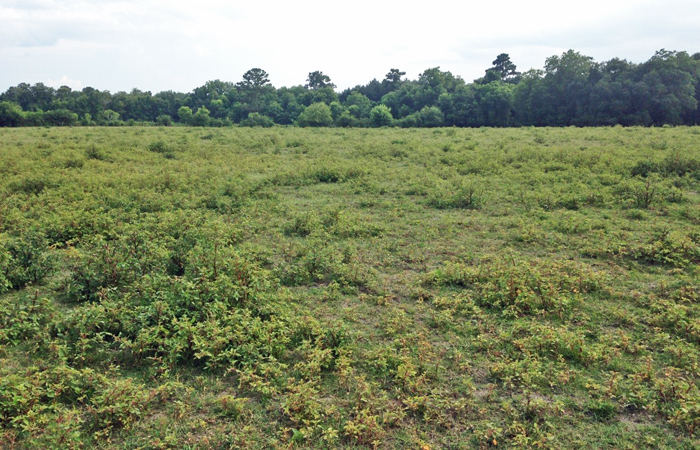
Photo 6. Oats and rye without ryegrass provided little pigweed suppression. Photo credit Henry Grant
To use ryegrass to suppress pigweed follow these protocols:
-
Plant in prepared seed beds or over-seed pastures free of actively growing weeds.
-
For crops other than permanent pastures, use no-till technology to prevent disturbing the soil and reduce weed seed germination.
-
Provide for the nutritional needs of the ryegrass crop.
-
At the end of the ryegrass growing season, use residual for hay, mow or graze close and employ a herbicide program to control pigweed and other summer weeds.
-
A weed management program using ryegrass as a suppression tool should be followed with the use of a pre-emergent and post-plant herbicide program to significantly reduce the population of pigweed.
References:
Ryegrass, Small Grains, and Tall Fescue
Pigweed: plows and covers
Cover Crop Weed Suppression in Annual Rotations. Oregon State University Extension Service
- May 2025 Weather Summary and Summer Outlook - June 20, 2025
- Friday Feature:The History of Angus Cattle - June 20, 2025
- Friday Feature:High Quality Legume Hay Production – Virtual Tour of Conrad Farms - June 6, 2025

